Intro
The Frencher Horse is not an actual breed, but rather a strain of Canadian Horse developed after the late 18th century.
Read more
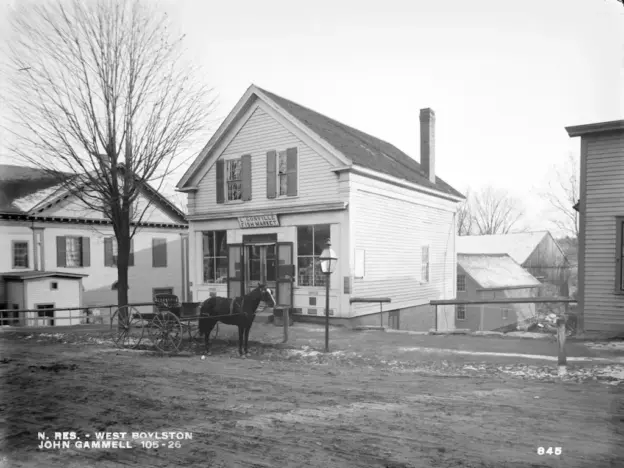
The Frencher Horse is not an actual breed, but rather a strain of Canadian Horse developed after the late 18th century.
Read more
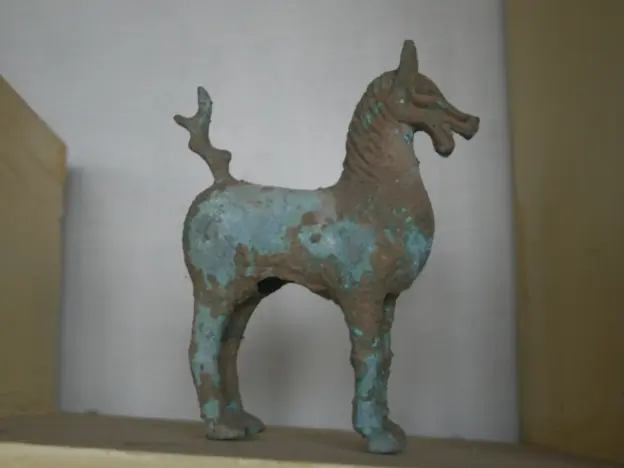
Born of need, the Ferghana horse was bred to be large and robust for cavalry use.
Read more
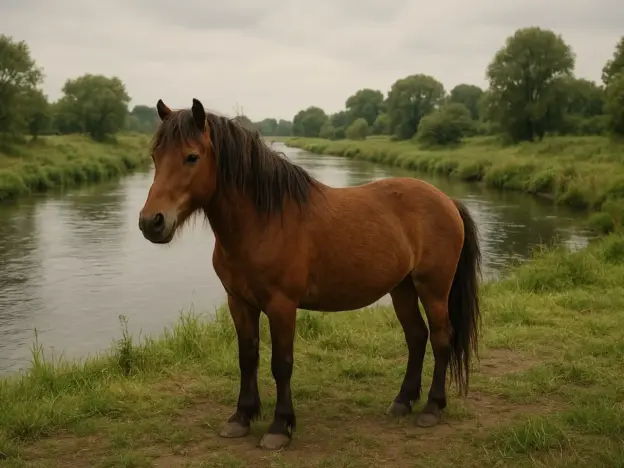
A wild breed of horse, the Emscherbrücher was originally documented in the mid 14th century and survived along the banks of the Emscher River (from which they take their name) until the mid 19th century.
Read more
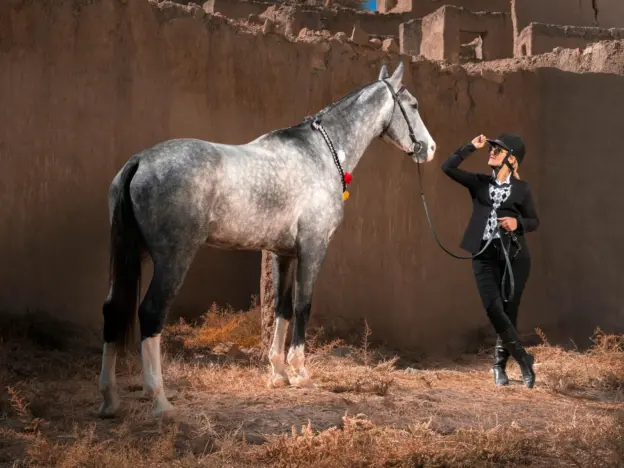
The Ebian Horse is not a breed, they are a strain of pure blood Arabian Horse bred by the Royal Society of the Horse of Iran.
Read more
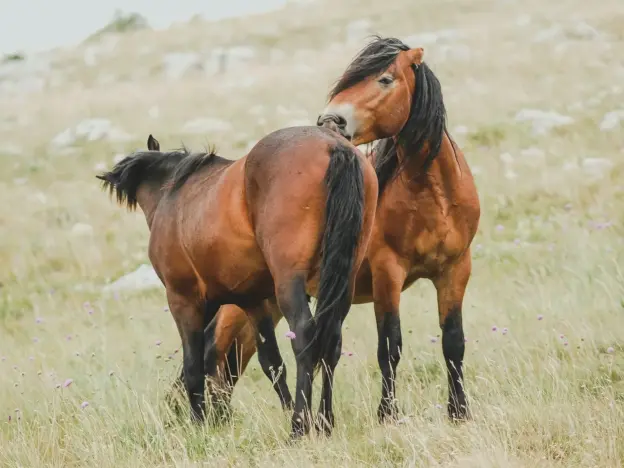
Not actually a breed, the Dulbeg Horse is one of the three main strains of Bosnian Mountain Horse which was developed early in the 20th century.
Read more
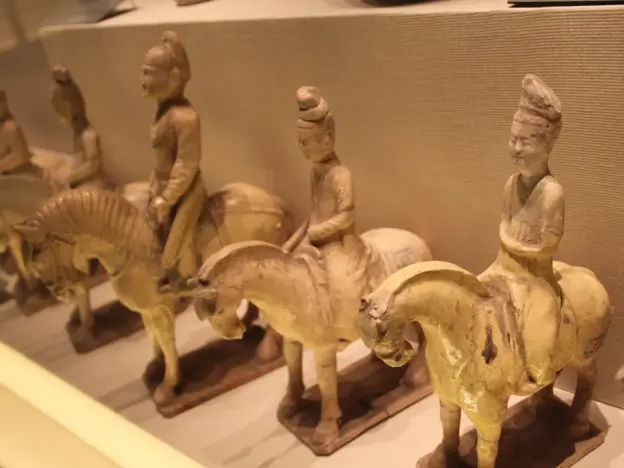
The Dragon Horse is very much a horse of legend, they were notable for their extreme endurance and are said to have been able to travel great distances without growing tired.
Read more
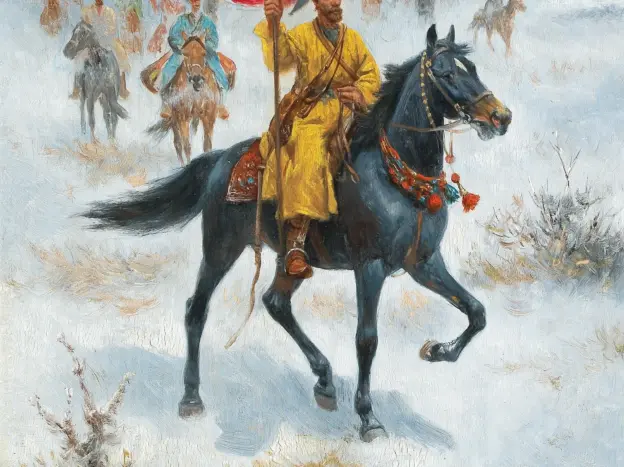
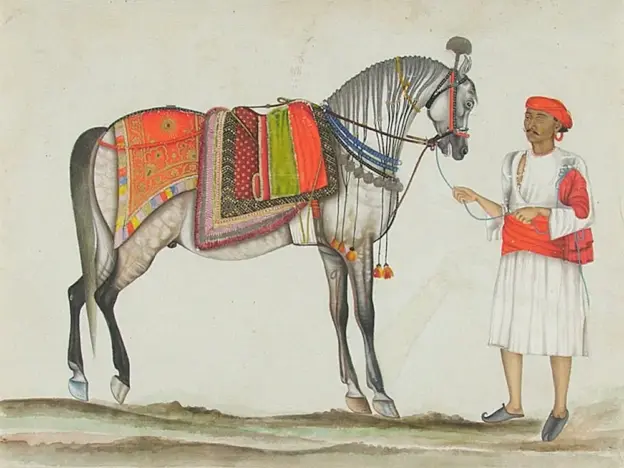
The Dhanni Horse comes from the Punjab state of India and was thought to be Sikh leader Ranjit Singh’s favorite breed.
Read more
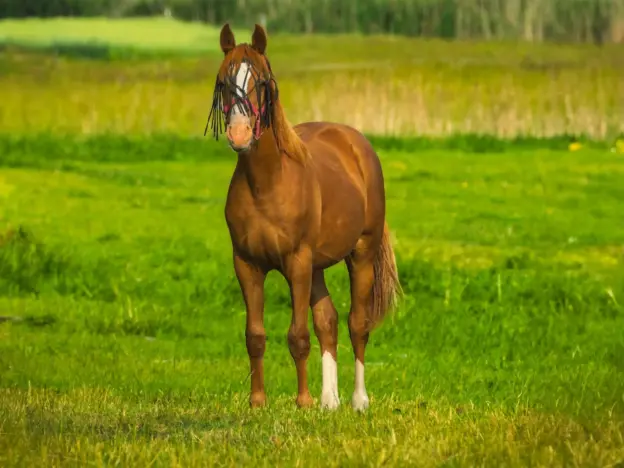
Not an official breed, the Darbowsko Tarnowski is considered a half-blood variety of Malopolski which has been specifically influenced by Gidran genetics (both are Anglo-Arabians).
Read more
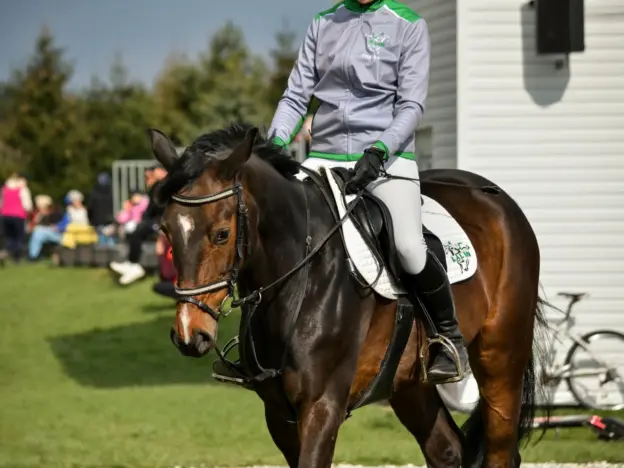
Essentially a strain of the Danish Warmblood found in Denmark, the Danish Oldenborg horse is distinct from the German Oldenburg Horse.
Read more